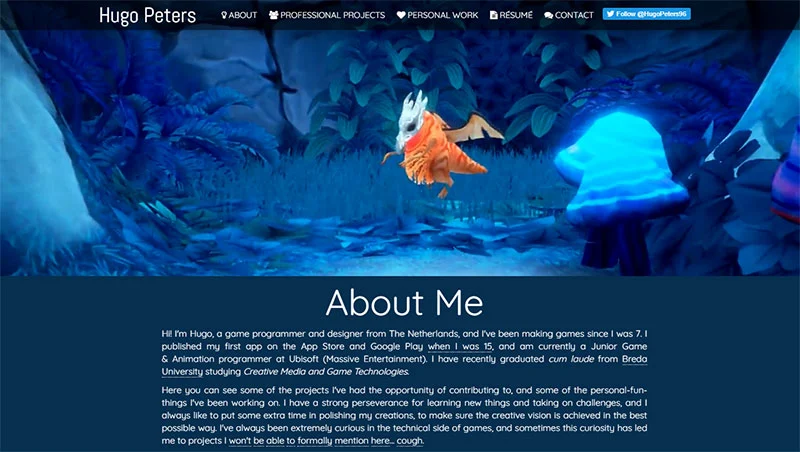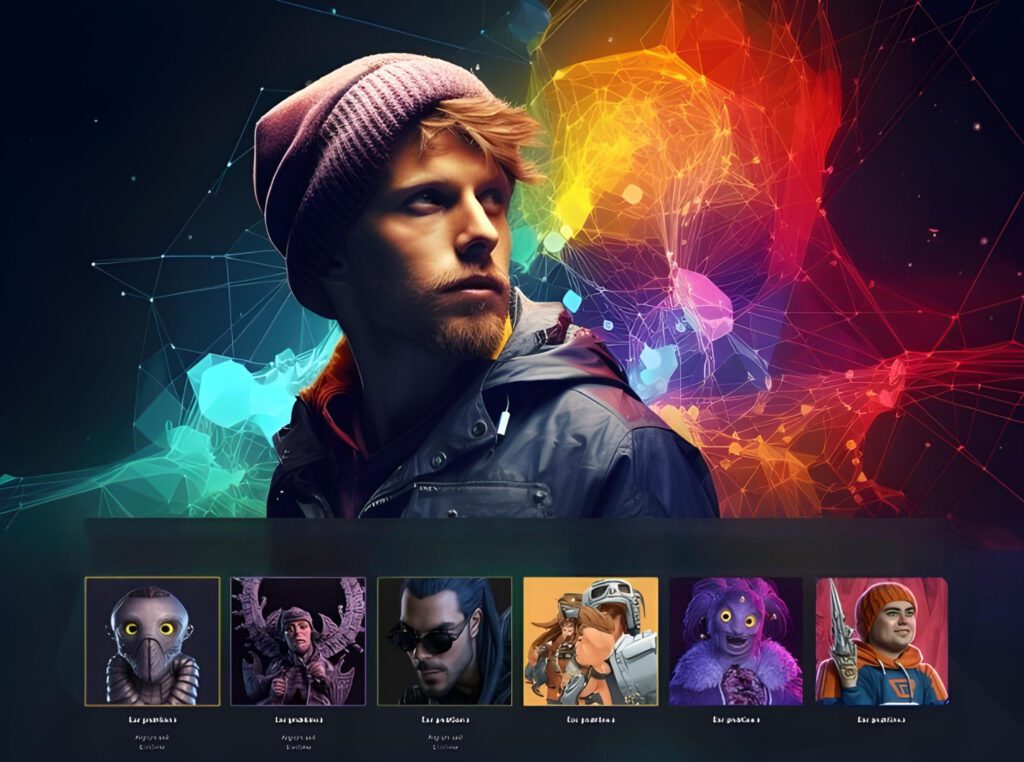Creating a compelling portfolio is essential for game developers looking to showcase their skills and attract potential employers or clients. A well-structured portfolio not only highlights your technical abilities but also reflects your creativity and understanding of the gaming industry. This article delves into best practices for building a successful game developer website portfolio, supported by real-world examples, research data, and expert insights.
Understanding the Importance of a Portfolio
A portfolio serves as a visual resume, providing a snapshot of your skills, projects, and experiences. According to a survey conducted by the International Game Developers Association (IGDA) in 2021, 70% of game developers believe that a strong portfolio is crucial for landing a job in the industry (IGDA, 2021). This statistic underscores the necessity of having a well-crafted portfolio that not only showcases your work but also tells your story as a developer.
Key Elements of a Successful Game Developer Portfolio
1. Clear and Intuitive Navigation
One of the first things visitors notice is how easy it is to navigate your portfolio. A clear and intuitive navigation structure allows potential employers to find your work quickly. Use a simple menu layout with categories such as “Projects,” “About Me,” “Resume,” and “Contact.” For instance, the portfolio of game developer and artist, Kellee Santiago, features a straightforward navigation system that allows users to explore her work seamlessly (Santiago, 2022).

A clear ‘About Me’ page and an accessible resume are essential.
2. Showcase Diverse Projects
Diversity in your projects demonstrates versatility and adaptability, two key traits sought after in the gaming industry. Include a range of work that showcases different skills, such as programming, art, design, and sound. For example, the portfolio of game developer Rami Ismail includes various projects, from indie games to commercial titles, highlighting his multifaceted skill set (Ismail, 2023).
3. High-Quality Visuals
Visual appeal is paramount in the gaming industry. Use high-resolution images, videos, and GIFs to showcase your projects. According to a study by the Nielsen Norman Group, users are 94% more likely to trust a website with a well-designed interface (Nielsen, 2020). Ensure that your visuals are not only high-quality but also relevant to the projects you are presenting. For instance, the portfolio of game designer and artist, Kira K, features stunning visuals that capture the essence of her games (Kira K, 2023).

4. Detailed Project Descriptions
Each project should include a detailed description that outlines your role, the tools used, and the challenges faced during development. This not only provides context but also demonstrates your problem-solving abilities. For example, in her portfolio, game developer and designer, Kelsey Lewin, includes comprehensive case studies for each project, detailing her contributions and the impact of her work (Lewin, 2022).
5. Incorporate Playable Demos
Providing playable demos or links to your games can significantly enhance your portfolio. This allows potential employers to experience your work firsthand. Platforms like itch.io and Game Jolt are excellent for hosting your games. For instance, the portfolio of game developer and programmer, Chris DeLeon, includes links to playable versions of his projects, allowing visitors to engage directly with his work (DeLeon, 2023).
6. Testimonials and Endorsements
Including testimonials from colleagues, mentors, or clients can add credibility to your portfolio. A study by BrightLocal found that 91% of consumers read online reviews before making a purchase (BrightLocal, 2022). Similarly, potential employers may look for endorsements to gauge your reliability and professionalism. For example, the portfolio of game designer and developer, Tanya X, features testimonials from industry professionals that highlight her skills and work ethic (Tanya X, 2023).
7. Regular Updates and Maintenance
Keeping your portfolio updated is crucial in the fast-paced gaming industry. Regularly add new projects, skills, and experiences to reflect your growth as a developer. A study by LinkedIn found that profiles with recent activity receive 14 times more profile views than those that are inactive (LinkedIn, 2021). Therefore, make it a habit to review and refresh your portfolio periodically.
SEO Optimization for Your Portfolio
Search Engine Optimization (SEO) is vital for increasing the visibility of your portfolio. Use relevant keywords related to game development throughout your website. Tools like Google Keyword Planner can help identify popular search terms in your niche. Additionally, ensure that your website is mobile-friendly, as 54% of global website traffic comes from mobile devices (Statista, 2023). Implementing responsive design can enhance user experience and improve your search rankings.
Real-World Examples of Successful Game Developer Portfolios
Examining successful portfolios can provide valuable insights into best practices. For instance, the portfolio of game developer and artist, Kellee Santiago, effectively combines high-quality visuals with detailed project descriptions and a user-friendly interface. Her website not only showcases her work but also includes a blog where she shares insights about the industry, further establishing her expertise (Santiago, 2022).
Another exemplary portfolio is that of game designer and programmer, Rami Ismail. His website features a clean design, easy navigation, and a diverse range of projects. Ismail also includes a section for speaking engagements and articles, showcasing his thought leadership in the gaming community (Ismail, 2023).
Conclusion
In summary, creating a successful game developer portfolio requires careful consideration of various elements, including navigation, project diversity, visual quality, detailed descriptions, playable demos, testimonials, and regular updates. By implementing these best practices, you can create a portfolio that not only showcases your skills but also resonates with potential employers and clients. Remember to optimize your website for SEO to enhance visibility and reach a broader audience. A well-crafted portfolio is not just a collection of your work; it is a powerful tool that can open doors to new opportunities in the gaming industry.
Key Takeaways:
- Ensure clear and intuitive navigation for user-friendly experience.
- Showcase a diverse range of projects to demonstrate versatility.
- Utilize high-quality visuals to enhance visual appeal.
- Provide detailed project descriptions to highlight your contributions.
- Incorporate playable demos for hands-on experience.
- Include testimonials to add credibility.
- Regularly update your portfolio to reflect your growth.
- Optimize for SEO to increase visibility.
By following these guidelines, you can create a standout portfolio that effectively showcases your talents and helps you succeed in the competitive field of game development.

